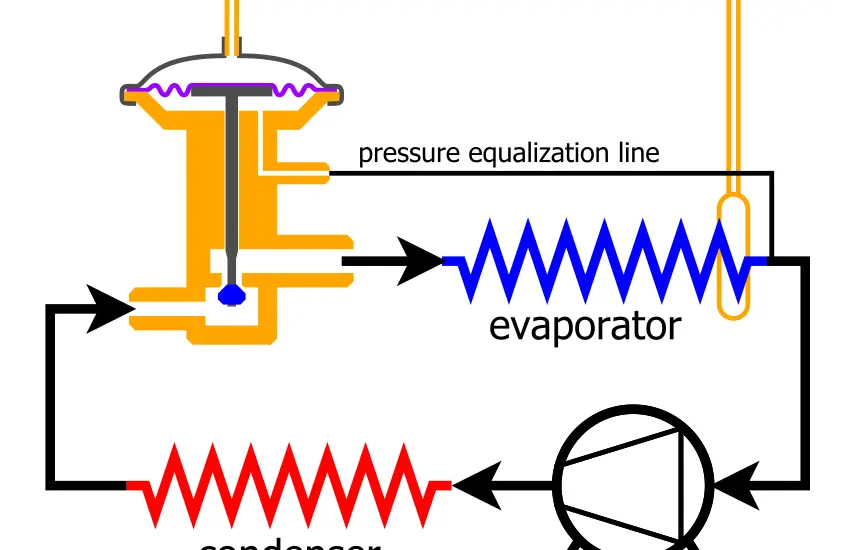Early detection of bad TXV valve symptoms can be a lifesaver for your HVAC system. This comprehensive guide aims to help you understand and identify these symptoms promptly.

Table of Contents
Recognizing Bad TXV Valve Symptoms
Recognizing bad TXV valve symptoms early on can save you from more severe HVAC problems down the line. In this part, we delve deeper into the prominent symptoms that indicate a bad TXV valve.
Inconsistent Cooling or Heating
One of the primary bad TXV valve symptoms is inconsistent cooling or heating in different parts of your home. The TXV valve helps in the equal distribution of refrigerant, which in turn, influences the temperature regulation. When the valve is faulty, it fails to properly regulate the flow, leading to disparities in the temperature.
Understanding this symptom can be straightforward. You might notice that some rooms are significantly cooler or warmer compared to others. This inconsistency can be a clear indicator that there is something wrong.
It is advisable to regularly monitor the temperature in different rooms and to take note of any noticeable disparities. Early detection can facilitate a quicker solution and potentially save you from high repair costs in the future.
Increased Energy Bills
Another clear indicator of bad TXV valve symptoms is a sudden and unexplained increase in your energy bills. A malfunctioning TXV valve can cause the HVAC system to work harder, consuming more energy to maintain the desired temperature.
This symptom can be quite concerning because it not only indicates a problem with your HVAC system but also leads to higher utility costs. It’s essential to keep a close eye on your energy bills and to be aware of any unusual increases.
You might also consider comparing the current bills with the same period from the previous year to identify any irregular patterns. By doing this, you can catch potential issues early and save on unnecessary expenses.
Noisy Operation
While it’s normal for HVAC systems to produce some noise during operation, unusual sounds such as hissing or bubbling can be a sign of bad TXV valve symptoms. These noises occur due to the improper flow of refrigerant, leading to pressure imbalances and consequently creating noises that are out of the ordinary.
It’s vital to be familiar with the normal sounds your HVAC system makes so that you can quickly identify any deviations. Unusual noises can be indicative of serious problems, and identifying them early can prevent more significant issues down the line.
If you notice any strange sounds, it is recommended to contact a professional technician to diagnose and fix the issue promptly.
Check out these other articles…
TXV Adjustment: Your Step-by-Step Guide
What is Superheat in Refrigeration: Comprehensive 411 Guide
How to Increase Superheat: A Step-by-step Guide
How to Lower Superheat: In 5 Easy Steps
How to Adjust Superheat on TXV: Your Easy-to-Follow Guide
Frozen Coils
Spotting frozen coils is another crucial step in identifying bad TXV valve symptoms. The TXV valve controls the amount of refrigerant flowing into the evaporator coils. When it fails, it can either allow too much or too little refrigerant, leading to the freezing of the coils.
It’s important to inspect your HVAC system regularly, especially the coils, to ensure they are functioning correctly. Frozen coils can cause a series of other issues, including water leakage and a significant decrease in system efficiency.
If you notice the coils are frozen, it’s vital to address this issue promptly to prevent further damage to your HVAC system.
Seeking Professional Help
If you’ve identified one or more bad TXV valve symptoms, the best course of action is to seek professional help.